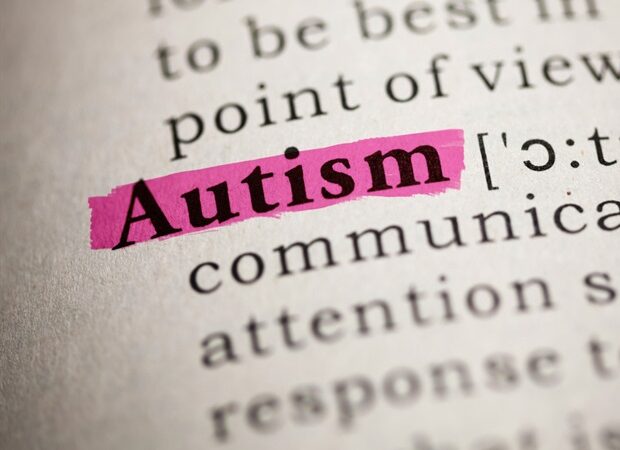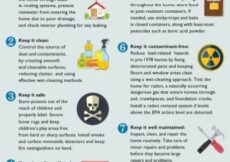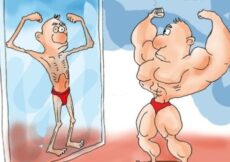Research led by King’s College London and South London and Maudsley NHS Foundation Trust has analyzed factors associated with self-harm in over 111,000 adolescents aged 11-17 years old.
Published in BMC Medicine the study found that the risk for self-harm presenting to hospital emergency departments was nearly three times higher for boys with autism spectrum disorder (ASD) compared to boys without ASD.
Attention Deficit Hyperactivity Disorder (ADHD) was a strong predictor of self-harm for both boys and girls with approximately a four-fold increased risk for self-harm amongst those with ADHD.
Absence from school was also associated with increased risk for self- harm: for those young people with less than 80 per cent attendance the risk of hurting themselves was three times greater.
Part-funded by the National Institute for Health and Care Research (NIHR) Maudsley Biomedical Research Centre and the Wellcome Trust, this is the first long-term investigation of adolescent self-harm and ASD using linked school and hospital data in England. The research provides valuable insight into those groups most at risk, representing an important step in developing preventative strategies for self-harm.
By linking these large-scale datasets, we have been able to understand which groups of young people may be most vulnerable to self-harming. Crucially we are using local data, so it has direct implications for the NHS Trust where I work and can improve our targeting of mental health interventions within South London schools. Another important aspect of this study is that any region in England could use the same approach, as the school and hospital data already exist and can be linked.”
Dr Johnny Downs, Consultant Child & Adolescent Psychiatrist at South London and Maudsley and NIHR Clinician Scientist at the Department of Child & Adolescent Psychiatry, King’s College London and senior author on the paper
Self-harm is common in adolescents and research suggests about 1 in 5 self-harm. Around 12 per cent of episodes of adolescent self-harm are seen at emergency departments and these are the young people most likely to be at risk of suicide.
Researchers connected data on hospital attendance for self-harm to educational data. This enabled examination of education factors such as school attendance, special educational needs and free school meal status as well as data on mental health service use. The study assessed data from 113,286 young people from four boroughs in South London collected between 2009-2013.
By analyzing data from the National Pupil Database on whether children had been assigned special educational needs for ASD, the study showed that boys with ASD were at greater risk of self-harm than boys without ASD. This pattern was not observed amongst girls with ASD but in general the risk of self-harm was higher in girls than in boys (1.5% compared to 0.3% in boys).
Emily Simonoff, Professor of Child & Adolescent Psychiatry at King’s College London, and Theme Lead for Child Mental and Neurodevelopmental Disorders in the NIHR Maudsley Biomedical Research Centre who is a co-author on the paper said: “We know that autistic adults have higher rates of premature death, including increased rates of suicide. Self-harming behaviors, like those explored in the present study, may be the precursor to more serious suicide attempts, so early identification and proactive intervention when self-harm first appears is very important. Autistic people often have more difficulty regulating their emotions, which can contribute to high levels of distress and, because of the communication impairments experienced by many autistic people, professionals may not appreciate the level of distress they are experiencing and the seriousness of these behaviors.”
The study also found adolescents who had attended mental health services for ADHD were at four times the risk of self-harm than those who had not attended services for ADHD. School exclusion and absence were also identified as risk factors.
Joint first author Dr Emily Widnall who conducted the research while at King’s and is now Senior Research Associate in Public Health at University of Bristol said: “Our research has shown that adolescents who spent time away from school, either through exclusion or absence, have an increased risk for self-harm compared to young people who are in school most of the time. Linking educational data to mental health data has an important role to play in answering public health research questions in child and adolescent mental health and can help identify where more support is needed within schools.”
The study also revealed findings that may need further research to unpick the possible underlying mechanisms. For example, the finding that girls with ASD were at no higher risk to self-harm than those without ASD could be explained by underdiagnosis of ASD in girls.
The study also found that those who spoke English as a second language were at a lower risk to self-harm than those with English as their mother tongue.
“Taken at face value the results suggest young people who are resident in London but non-native English speakers, have less mental health difficulties,” commented Dr Downs. “But there could be other influences at work which could mean that these young people are self-harming and not presenting to services or are expressing their distress through other means such as misusing substances.”
The study used the Clinical Record Interactive Search (CRIS) platform to analyse clinical e-records from South London and Maudsley NHS Foundation Trust. CRIS was developed by the NIHR Maudsley BRC.
Source:
Journal reference:
Widnall, E., et al. (2022) Autism spectrum disorders as a risk factor for adolescent self-harm: a retrospective cohort study of 113,286 young people in the UK. BMC Medicine. doi.org/10.1186/s12916-022-02329-w.



































